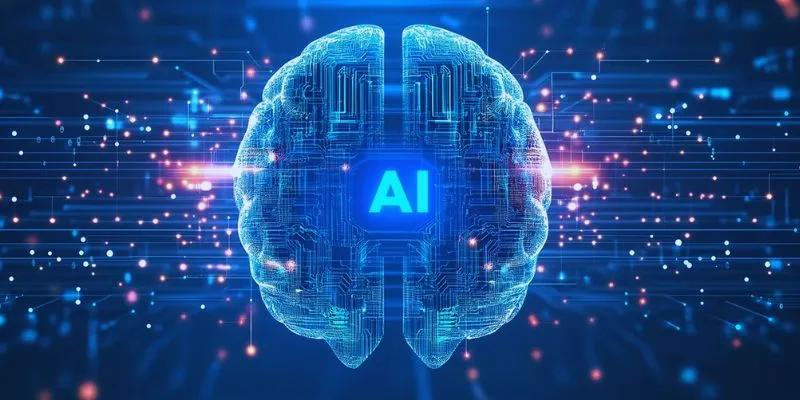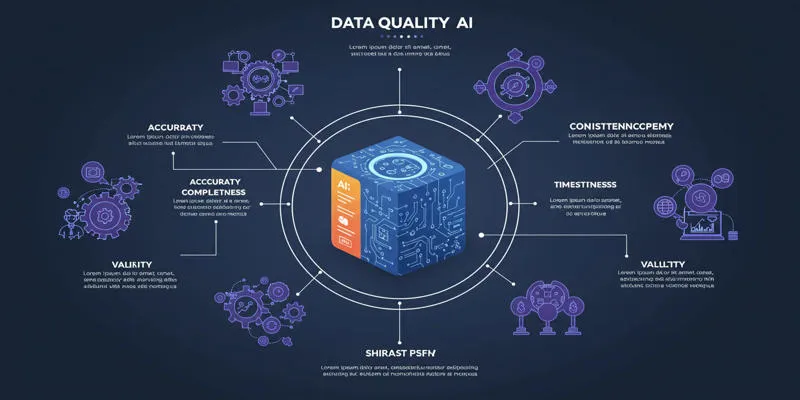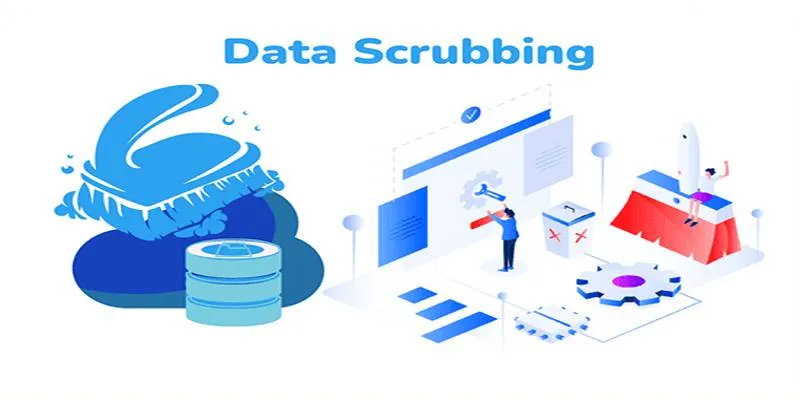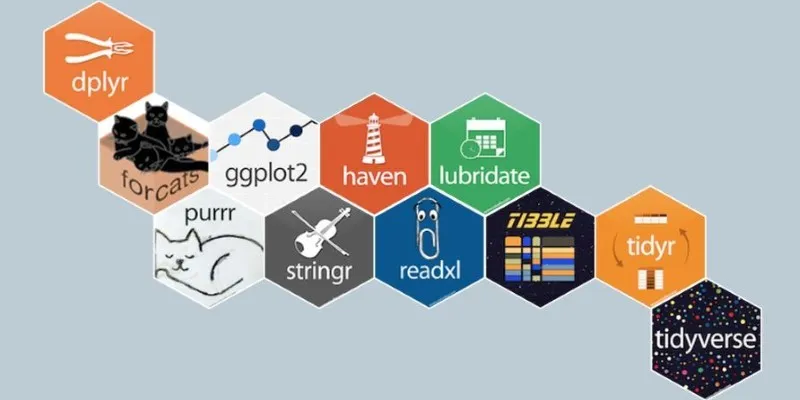Every organization stores a significant amount of information in unstructured formats—PDFs, scanned forms, emails, handwritten notes, and more. These documents often remain untouched despite containing valuable insights simply because they are difficult to process manually. However, the advancement of Artificial Intelligence (AI) is enabling businesses to unlock this hidden value.
AI-driven systems can now transform unstructured documents into structured data assets, revolutionizing how businesses handle information, make decisions, and improve efficiency. This evolution is not just a technological leap forward; it’s becoming a critical necessity.
What Are Unstructured Documents?
Unstructured documents refer to files that lack a fixed structure or predefined data format. Examples include:
- Scanned receipts and invoices
- Customer support emails or chat logs
- Handwritten medical notes
- Legal contracts in PDF format
- Marketing presentations or reports
These documents cannot be easily queried or analyzed like data stored in spreadsheets or databases. High-tech tools are required to extract and organize the valuable information they contain.
The Growing Challenge of Unstructured Data
As businesses grow, so does the volume of unstructured material. Over 80% of business data is estimated to be unstructured, making it challenging to access and utilize using conventional methods.
Manual processing of these documents is:
- Time-consuming
- Prone to human error
- Inefficient for scaling
- Costly in the long run
This disconnect leads to missed insights, delayed decisions, and operational bottlenecks. Organizations that continue relying on manual workflows are at a disadvantage in today’s digital ecosystem.
How AI Enables Document Transformation

Artificial Intelligence addresses these challenges by mimicking human abilities to read, interpret, and classify data—only faster and with greater accuracy. AI processes unstructured documents using a combination of advanced technologies, including:
- Optical Character Recognition (OCR) : Converts images or scanned text into machine-readable text
- Natural Language Processing (NLP) : Understands the structure, meaning, and context of language
- Machine Learning (ML) : Improves the system’s accuracy by learning from previous data
- Computer Vision : Recognizes and processes visual elements like tables, signatures, and logos
These technologies work together to extract key data, organize it, and make it available for integration with databases, analytics platforms, or business dashboards.
The Transformation Workflow
The AI-driven document transformation process generally follows a series of structured steps:
Document Ingestion
AI tools gather unstructured documents from various sources—email inboxes, cloud storage, internal servers, or scanned paper files.
Text Recognition and Extraction
Using OCR, the system identifies printed or handwritten characters, converting images into text. This is particularly useful for legacy paper files and scanned documents.
Content Analysis
NLP analyzes the text for intent, meaning, and structure. It helps extract entities such as names, dates, account numbers, and addresses.
Structuring and Classification
The extracted content is categorized and structured into formats such as spreadsheets, JSON files, or database entries, making it easy to use in workflows or business intelligence tools.
Real-World Applications Across Industries
AI document transformation is not limited to a specific industry. A wide range of sectors leverage this technology to optimize operations:
Healthcare
Hospitals use AI to digitize handwritten prescriptions, extract patient data from reports, and automate insurance claims.
Finance
Banks and financial institutions process loan documents, identify customer information from KYC files, and automate invoice handling.
Legal
Law firms use AI to analyze contracts, extract key clauses, and create searchable databases of legal documents.
Retail
Retailers extract data from supplier agreements, delivery notes, and customer feedback to optimize inventory and improve service.
Benefits of Turning Documents into Data Assets
Converting unstructured documents into structured data offers substantial benefits, including:
-
Improved Operational Efficiency
Automating document handling reduces manual workloads and streamlines operations. -
Faster Access to Information
Structured data is easier to search, retrieve, and analyze—saving valuable time. -
Enhanced Decision-Making
With data organized and accessible, business leaders can make informed decisions faster. -
Cost Reduction
Fewer human resources are needed for repetitive data entry, reducing overhead costs.
Tools and Platforms Supporting AI-Based Transformation
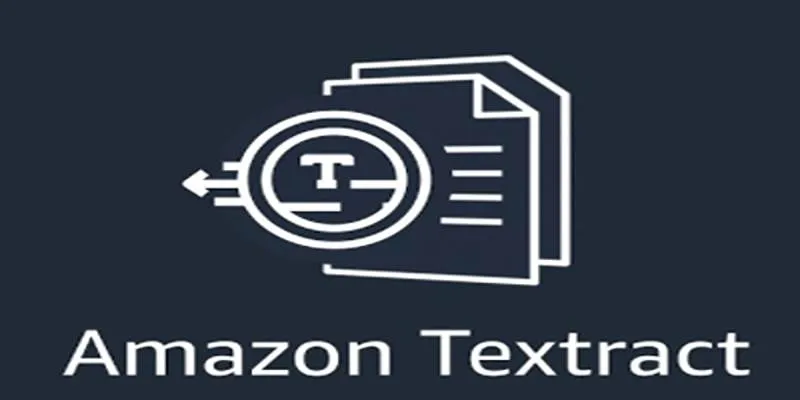
Businesses can deploy AI through ready-made platforms that offer robust document processing features. Popular solutions include:
- Google Document AI
- Microsoft Azure Form Recognizer
- Amazon Textract
- ABBYY FlexiCapture
- UiPath Document Understanding
These tools provide pre-trained models for quick setup, and many support custom training to handle industry-specific documents.
Implementation Tips for Organizations
Organizations interested in leveraging AI for document transformation should take a phased approach:
- Identify Use Cases: Start with a document type that causes frequent delays, such as invoices or employee records.
- Select a Suitable Platform: Choose tools that align with business size, data sensitivity, and integration needs.
- Train and Test the AI Models: Use real document samples to teach the system and test accuracy.
- Review and Refine: Regularly monitor performance and make adjustments to improve results.
- Scale Gradually: Once successful in one area, expand the solution to other departments.
Challenges and Considerations
Despite its potential, AI implementation poses challenges:
- Data Privacy and Security: Sensitive documents must be handled with compliance and proper encryption.
- Document Quality: Poor scans or handwritten content may lead to lower accuracy.
- Change Management: Teams need training and support to adopt new workflows.
Addressing these issues early ensures smoother adoption and better long-term outcomes.
Conclusion
AI is revolutionizing how businesses interact with unstructured documents. By turning them into organized, searchable, and actionable data assets, AI helps companies reduce costs, increase productivity, and make smarter decisions. Rather than leaving valuable insights buried in PDFs, scans, or handwritten notes, organizations now have the power to unlock this information with ease. As AI technologies continue to evolve, transforming unstructured documents into data assets will shift from a competitive advantage to a standard business practice.
 zfn9
zfn9



